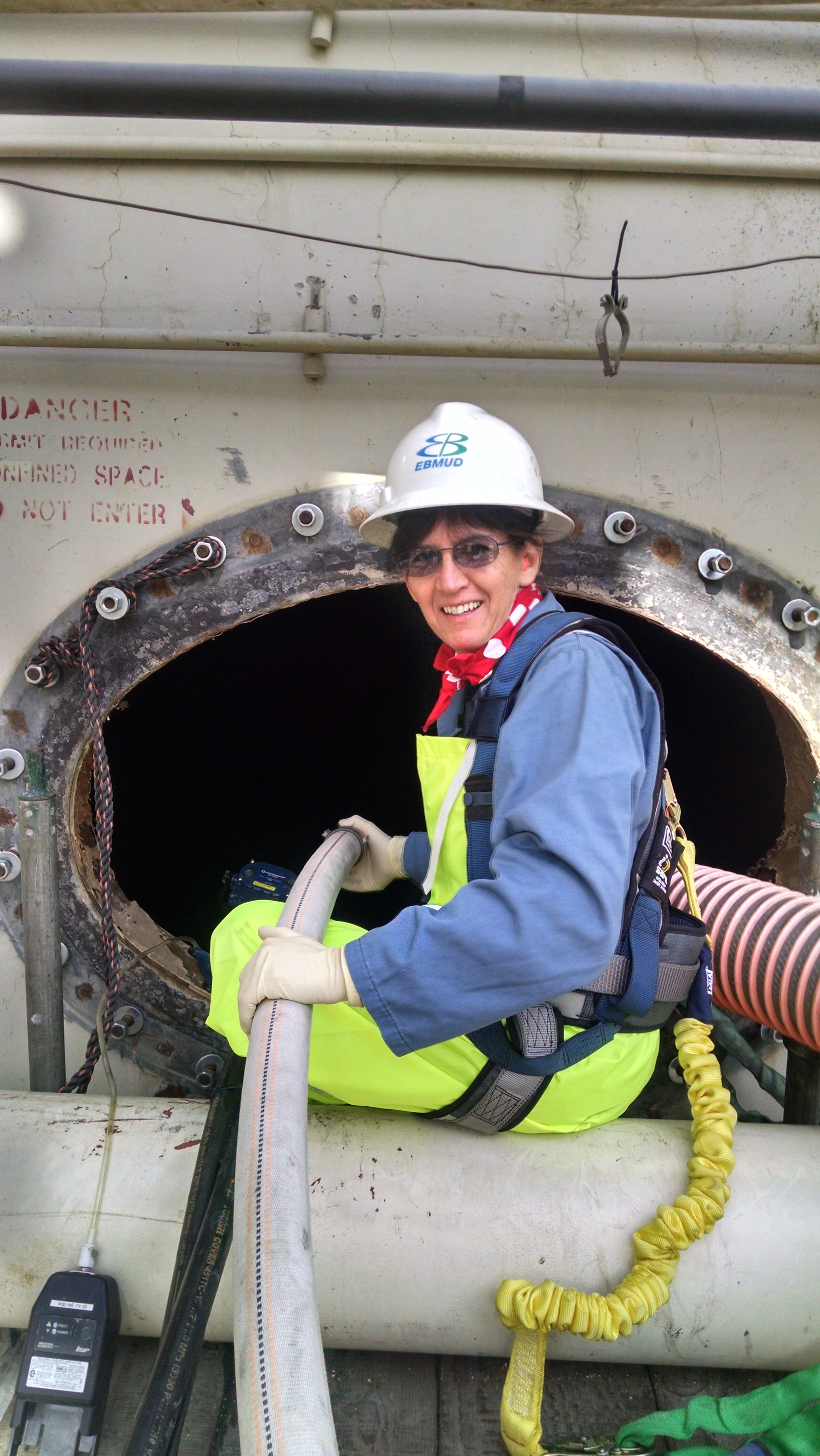A new report by the University of Maryland Center for Environmental Science (UMCES) looks at 40 case studies in the Chesapeake Bay watershed to determine which management practices have been most effective. According to the report, “New Insights: Science-based evidence of water quality improvements, challenges, and opportunities in the Chesapeake,” upgrading water resource recovery facilities, lowering vehicle and power plant emissions, and reducing runoff from farmland have been most effective at reducing sediment and nutrients.
The report compiles data collected and analyzed by Chesapeake Bay Program partners, including UMCES and the U.S. Geological Survey. According to the data, upgrades in wastewater treatment technologies have lowered the amount of nutrients flowing into the Potomac, Patuxent, and Back rivers, and in some areas have led to resurgence of underwater grasses. A decrease in power plant emissions across the mid-Atlantic has led to water quality improvements in nine watersheds in the Appalachian Mountains. Planting cover crops can keep nutrients out of groundwater, while managing manure and excluding cattle from waterways can keep nutrients and sediment out of rivers and streams.
However, increasing population, urbanization, and intensified agriculture are counteracting influences. Further challenges include lag times, which can delay the full benefits of best management practices. Lag times can vary based on the kind of restoration work completed and the distance between a restoration site and a nearby river or stream. The slow movement of groundwater from aquifers into local streams and the Chesapeake Bay also affects lag times.




